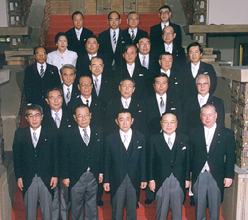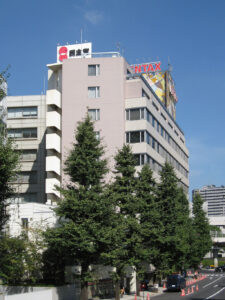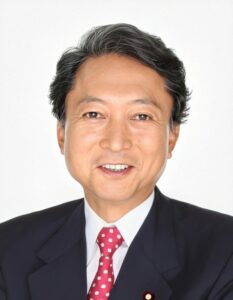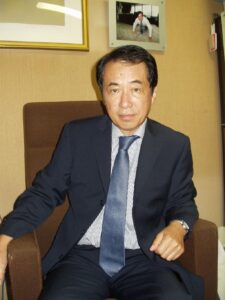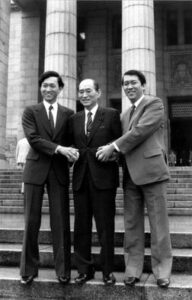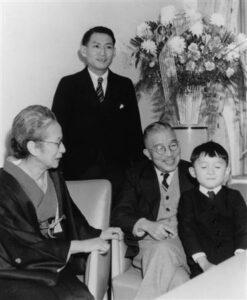This week, we’re beginning a four-part retrospective on the rise and fall of Japan’s most successful postwar opposition party: The Democratic Party of Japan, or DPJ. This week: how did two veterans of the tumultuous politics of the early 1990s come together to found this scrappy little party, and what forces led to the DPJ becoming the largest of Japan’s opposition parties?
Sources
Tabusa, Keiko. “The 1996 General Election in Japan.” The Australian Quarterly 69, No 1 (Autumn, 1997).
Funabayashi, Yoichi, and Koichi Nakano, eds. The Democratic Party of Japan in Power: Challenges and Failures. Translated by Kate Dunlop.
Carlson, Matthew M and Steven R. Reed. Political Corruption and Scandals in Japan.
Images
